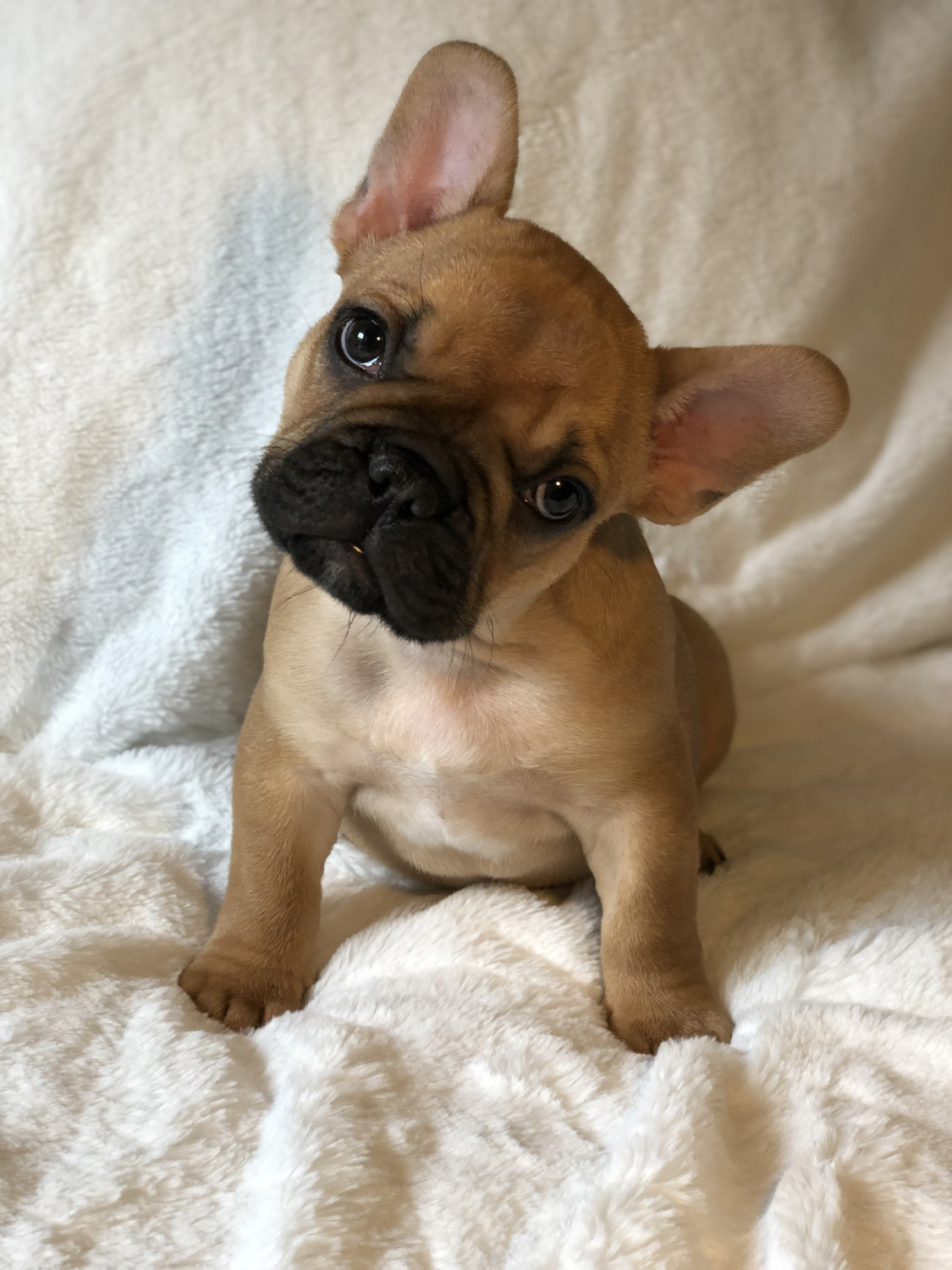Bulldog tail dogs english butt dog puppy look animal cute buns let go their butts footballers ex who portly puppies
Table of Contents
Table of Contents
Bulldogs are a popular breed of dog known for their wrinkly faces, stout bodies, and adorable curly tails. But, did you know that there’s a lot more to the bulldog tail than meets the eye?
The Pain Points of Bulldogs’ Tails
Bulldogs are known to suffer from a slew of health issues, and their tails are no exception. While the curly tail is an adorable physical trait, it can also cause pain and discomfort for the dog. Bulldogs are prone to tail infections, which can cause irritation, redness, and even bleeding. The tight curl of their tail can also lead to injuries, such as high-up tail fractures.
What is the Target of Bulldog Tails?
The target of bulldog tails is to provide balance and communication. While the curly tail might seem like an arbitrary physical trait, it serves an important purpose. Bulldog tails communicate their emotions: a happy, wagging tail indicates a content dog, whereas a stiff, non-wagging tail may signal aggression or discomfort. Additionally, the tail helps keep the dog balanced while walking or running, helping them maintain their center of gravity.
Summary of Main Points
Overall, bulldog tails are an important physical trait with both functional and communicative benefits. However, they can also lead to health issues and pain points that owners should be aware of. It’s important to properly care for your bulldog’s tail to ensure their overall health and happiness.
Bulldog Tail Infections: A Personal Experience
As a proud bulldog owner, I’ve experienced the pain points of bulldog tail infections firsthand. My bulldog, Max, developed an infection in his tail that caused him to lick and bite at it incessantly. It was heartbreaking to see him in discomfort, and I knew I needed to take action. After visiting the vet and receiving treatment, Max’s tail is now a healthy and happy part of his body.
Prevention is key when it comes to bulldog tail infections. Regular cleaning and grooming can help keep your bulldog’s tail healthy and free from infection. Additionally, it’s important to keep an eye out for any signs of discomfort or irritation and seek veterinary care if necessary.
The Different Shapes of Bulldog Tails
Bulldogs come in a variety of different shapes, and their tails are no exception. While most bulldogs have the signature curly tail, others may have a straight or screwed tail. Straight tails are most common in bulldog mixes, whereas screwed tails are a rare genetic trait that can also be seen in people. Interestingly, studying the genetics of bulldog tails may help us better understand this rare human disease.
Bulldog Tail Injuries
As mentioned earlier, bulldogs are prone to tail injuries due to the tight curl of their tails. These injuries can be serious and may require veterinary attention. It’s important to be gentle when handling your bulldog’s tail and to avoid pulling or tugging on it.
Bulldog Tail Care Tips
To keep your bulldog’s tail healthy, it’s important to regularly clean and inspect it. Gently wipe the tail with a damp cloth, ensuring that there is no buildup of dirt or debris. Additionally, it’s important to keep your bulldog’s tail dry to prevent moisture-related infections. If you notice any signs of discomfort or irritation, seek veterinary care immediately.
Question and Answer
Q. How often should I clean my bulldog’s tail?
A. It’s important to regularly clean your bulldog’s tail to prevent infections. Depending on your dog’s activity level and overall health, this could be as often as once a day or as infrequent as once a week.
Q. Should I dock my bulldog’s tail?
A. Docking, or the removal of a dog’s tail, is a controversial topic. In some countries, docking is illegal, while in others it is commonly done for cosmetic purposes. However, because bulldogs’ tails serve important functional and communicative purposes, it is not recommended to dock their tails.
Q. Can bulldog tail injuries be prevented?
A. While some injuries are inevitable, there are steps you can take to minimize the risk of injury. Avoid pulling or tugging on your bulldog’s tail, and be gentle when handling it. Additionally, keeping your bulldog’s tail clean and dry can help prevent moisture-related infections.
Q. What should I do if my bulldog’s tail is injured?
A. If you notice any signs of injury, such as bleeding or discomfort, seek veterinary care immediately. Tail injuries can be serious and require prompt treatment to ensure the health and happiness of your bulldog.
Conclusion of Bulldog Tails
Overall, bulldog tails are an important physical trait that serve both functional and communicative purposes. While they can lead to health issues and pain points, proper care and attention can keep your dog’s tail healthy and happy. By cleaning and inspecting regularly, keeping an eye out for signs of discomfort or irritation, and seeking veterinary care as needed, you can help ensure that your bulldog’s tail is a healthy, happy part of their body.
Gallery
The Different Shapes Of Bulldog Tails - BulldogGuide.com

Photo Credit by: bing.com / bulldog tails tail bulldogs shapes different corkscrew
English Bulldog Tail. - English Bulldogs With Love & Care

Photo Credit by: bing.com / bulldog bulldogs
Are English Bulldogs Born With Tails Or Docked?

Photo Credit by: bing.com / bulldogs debris attract manner
A Bulldog’s Screw Tail Might Help Us Understand A Rare Genetic Disease In People

Photo Credit by: bing.com / screw bulldogs distinctive hudson
Bulldog Tail Infections: How To Naturally Treat, Soothe & Prevent

Photo Credit by: bing.com / bulldog tail dogs english butt dog puppy look animal cute buns let go their butts footballers ex who portly puppies






